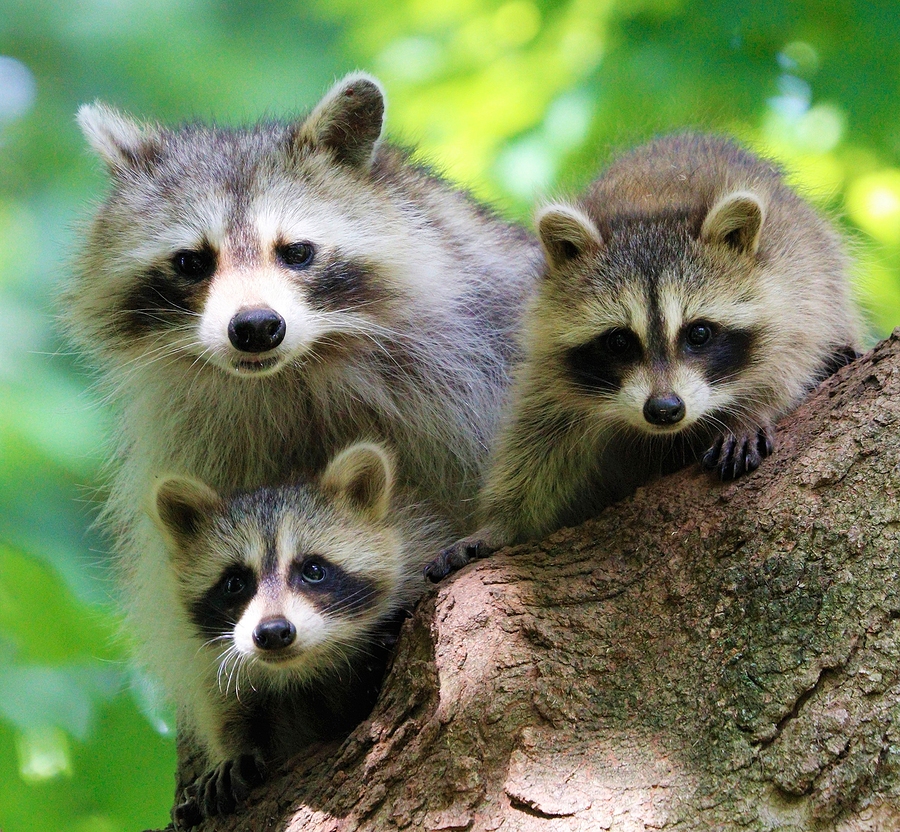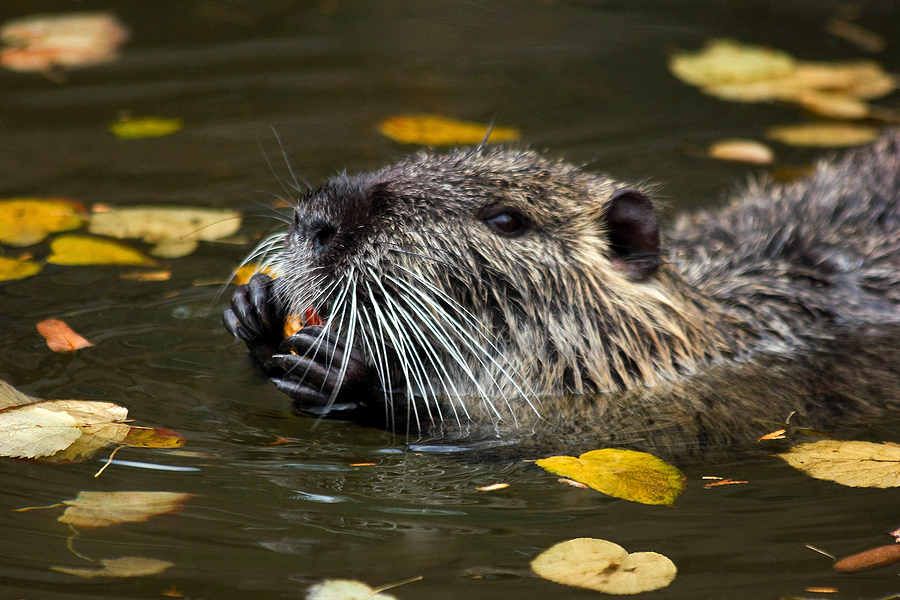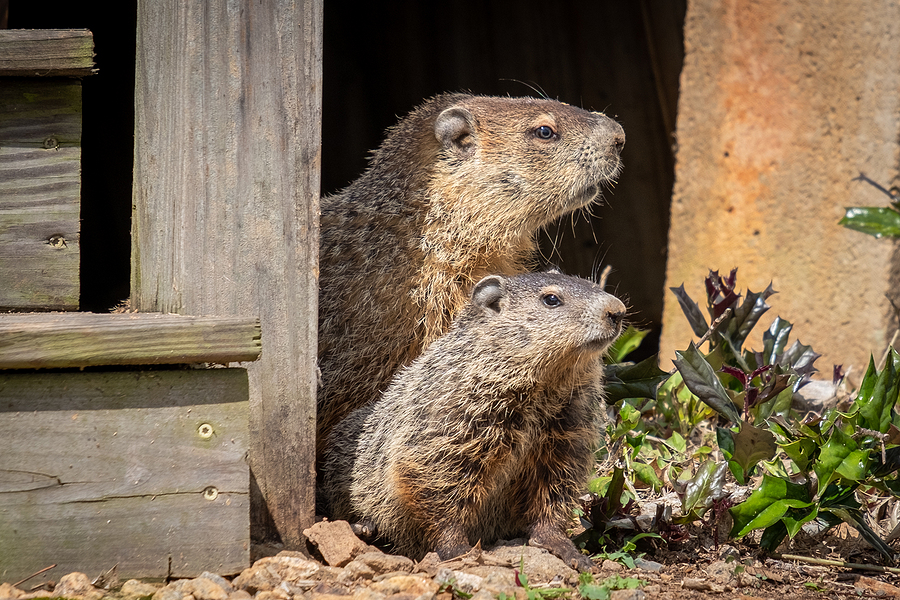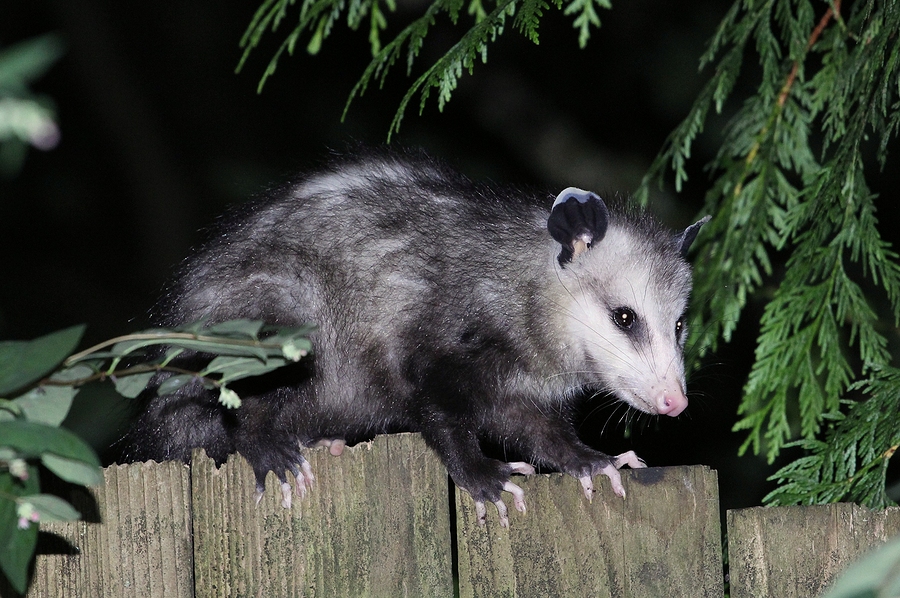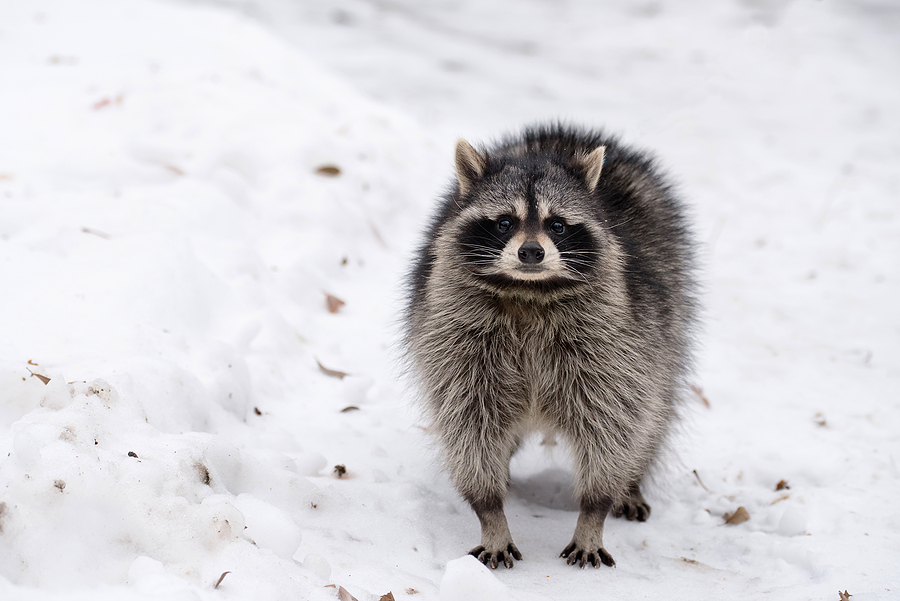Skunks are native to 50 states, which means they are likely roaming close to your community as well, or wherever you will be traveling. Because skunk populations are so healthy, it is common to encounter one on a walk through the woods, down the bank of the river, or around the pond. You may even encounter a skunk on your very own property, as they are a common nuisance animal in suburban areas too. If you live near wooded or forested areas, or bodies of water, you can assume that wild skunks are nearby.
In order to protect yourself and your loved ones, continue reading to learn exactly what you need to know about skunk encounters, and what to do if you ever see one close up.
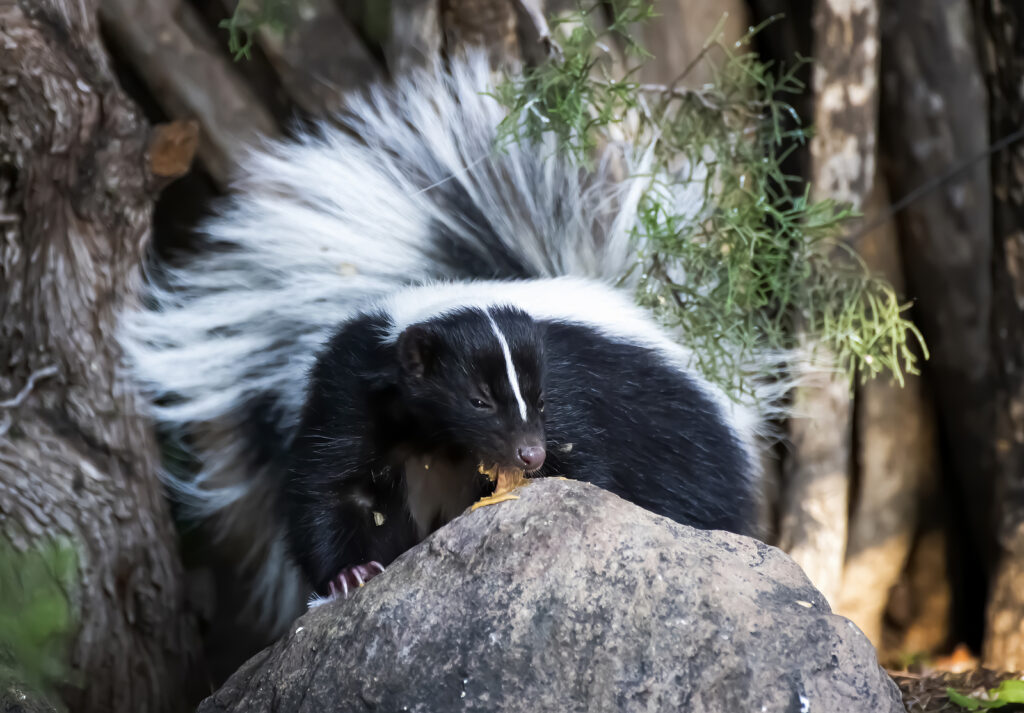
How to Avoid Skunk Encounters
If you want to avoid the problem altogether, simply stay away from skunks. Skunks are nocturnal, which means they are active at night and rest during the day. This is opposite most of our schedules, but nonetheless, avoid nighttime walks or runs if you do not want to spot a skunk. Furthermore, skunks need water, so they are often located near water sources, like ponds, streams, rivers, and lakes.
Another best practice for avoiding skunk encounters is skunk control. Basically, you want to thwart a skunk’s interest in your property by modifying it against their liking. Seal up shelter areas like hollowed trees, abandoned animal dens, and even openings to your patio or porch. Then cut off access to all food and water sources outside, such as pet food, gardens, trash cans, Koi ponds, bird baths, and more.
What to Do if You See a Skunk
The biggest and most common fear about encountering a skunk is getting sprayed. Fortunately, you can rely on the very proven fact that most skunks only spray if they feel threatened. So, if you see a skunk, simply stay still and let it pass, or turn slowly and walk away. They do not chase; they can’t even run fast, so you are in the clear if you follow these tips!
Sprayed By a Skunk?
Curious pets often get sprayed by an agitated skunk. Whether it’s your pet or yourself, here’s how to get rid of skunk smell: Combine 1 quart of 3% hydrogen peroxide, ¼ cup of baking soda, and 1 or 2 teaspoons of dishwashing liquid. Then use this solution to wash yourself and your effected garments.
Are you dealing with nuisance skunks around your property? Contact Modern Wildlife Control at 317-847-6409 for professional wildlife removal and control for skunks in Indianapolis, Indiana. We provide residential and commercial animal removal services.
You Might Also Enjoy:
4 Safe Methods of Getting Rid of Skunks
Frequently Asked Questions About Animal Removal and Control
Nuisance Animals to Watch Out for in Indiana




